
Erin Garcia de Jesús is a staff writer at Science News. She holds a Ph.D. in microbiology from the University of Washington, where she studied virus/host co-evolution. After deciding science as a whole was too fascinating to spend a career studying one topic, she went on to earn a master’s in science communication from the University of California, Santa Cruz. Her writing has appeared in Nature News, Science, Eos, Smithsonian Voices and more, and she was the winter 2019 science writing intern at Science News.

Trustworthy journalism comes at a price.
Scientists and journalists share a core belief in questioning, observing and verifying to reach the truth. Science News reports on crucial research and discovery across science disciplines. We need your financial support to make it happen – every contribution makes a difference.
All Stories by Erin Garcia de Jesús
-
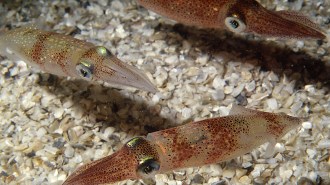 Genetics
GeneticsSquid edit their genetic material in a uniquely weird place
Some squids’ seeming ability to edit RNA on the fly could help scientists develop a technique much like the DNA-editing tool CRISPR, but for RNA.
-
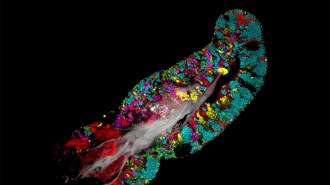 Health & Medicine
Health & MedicineHere’s where bacteria live on your tongue cells
Scientists labeled bacteria from tongue scrapings with fluorescent probes to glimpse at how the microbes structure their communities.
-
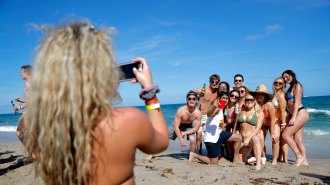 Health & Medicine
Health & MedicineYoung adults can face severe cases of COVID-19, too
While risk of having a severe case of COVID-19 rises with age, younger adults are also landing in the hospital and ICU, new U.S. statistics show.
-
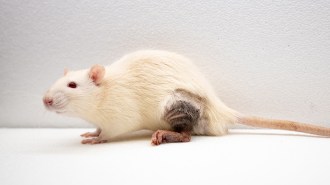 Health & Medicine
Health & MedicineA trick from cancer cells helps rats accept transplanted limbs
Rats that received microparticles that release a chemical signal to recruit immune cells tolerated hind limb transplants for more than 200 days.
-
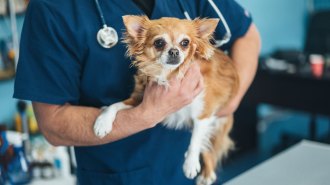 Health & Medicine
Health & MedicineA dog in Hong Kong has a low-level infection of the new coronavirus
There’s currently no evidence that pets can actually get sick from the virus or pass it to people or other animals.
-
 Health & Medicine
Health & Medicine6 key coronavirus numbers you should know
COVID-19 cases and deaths are going up around the world. Here are numbers to help you understand the outbreak.
-
 Health & Medicine
Health & MedicineWhat the new phase of the coronavirus outbreak in the U.S. means for you
U.S. health experts warn there are probably many undetected COVID-19 cases already here, raising chances the disease will soon be widespread.
-
 Animals
AnimalsGlowing frogs and salamanders may be surprisingly common
A widespread ability to glow in striking greens, yellows and oranges could make amphibians easier to track down in the wild.
-
 Humans
HumansEvolving an arch across the foot’s width helped hominids walk upright
The arch across the foot evolved at least 3.4 million years ago, possibly before the lengthwise arch. Both arches help humans to walk and run.
-
 Life
LifeHow African turquoise killifish press the pause button on aging
The fish’s embryos can enter a state of suspended growth to survive dry spells. A study shows that state protects them from aging, and hints at how.
-
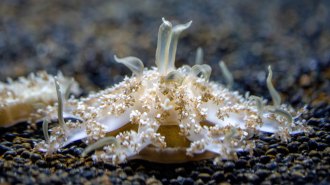 Animals
AnimalsJellyfish snot can sting swimmers who never touch the animal
Researchers have found mobile cellular blobs coated with stinging cells in mucus from a jellyfish that sits upside-down on the seafloor.
-
 Life
LifeBats’ immune defenses may be why their viruses can be so deadly to people
A new study of cells in lab dishes hints at why viruses found in bats tend to be so dangerous when they jump to other animals.